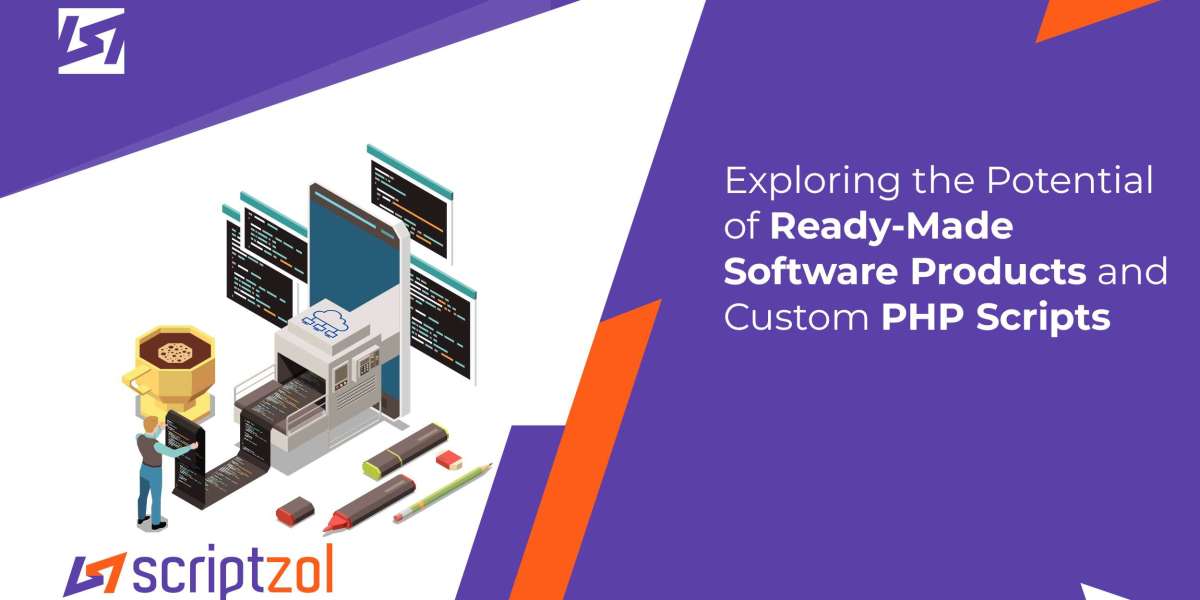In an era marked by rapid technological advancements, the financial world is witnessing a paradigm shift, particularly in the realm of commodity futures. This comprehensive exploration ventures into the intricate dynamics of commodity futures and the revolutionary role of PriceVision in reshaping the landscape of price forecasting.
Introduction: The Evolution of Commodity Futures
Commodity futures, as a cornerstone of the financial markets, have a history as rich and varied as the commodities they represent. From the ancient times when farmers and traders devised rudimentary contracts to protect against the unpredictability of crop yields, to today's sophisticated electronic markets, the journey of commodity futures mirrors the evolution of commerce and finance. In these modern times, commodity futures have transcended their traditional role. They are no longer just tools for hedging against price fluctuations; they have become instruments for speculative investments, offering a wide range of opportunities for traders and investors alike. This evolution has been significantly influenced by technological advancements that have redefined how these contracts are traded, analyzed, and understood.
Understanding Commodity Futures
At the heart of commodity futures is the concept of a contractual agreement, where parties agree to buy or sell a specific quantity of a commodity at a pre-determined price, at a future date. These commodities encompass a diverse spectrum, from agricultural products to precious metals and energy resources. The uniqueness of these contracts lies in their ability to mitigate risks associated with price volatility. They enable producers and consumers to lock in prices for future transactions, thus providing a cushion against the unpredictable swings of the market. For traders and investors, these futures offer an avenue for speculation, where profits can be gleaned from predicting price movements correctly.
The Technological Revolution in Commodity Trading
The introduction and rapid evolution of technology have been pivotal in transforming commodity trading. The shift from traditional open outcry trading floors to sophisticated electronic trading platforms has not only increased the efficiency of transactions but has also made markets more accessible to a broader audience. Today, traders can access real-time market data, use advanced analytical tools, and execute trades with the click of a button, irrespective of their geographical location. This democratization of trading has led to increased participation and liquidity in the commodity futures markets.
The Rise of Automated and Algorithmic Trading
One of the most significant developments in the world of commodity trading has been the advent of automated and algorithmic trading systems. These systems use complex algorithms to analyze market data, identify trading opportunities, and execute trades at speeds incomprehensible to human traders. This form of trading has not only increased the efficiency and speed of market transactions but has also introduced new dynamics in terms of market behavior and price movements. The reliance on algorithms has led to a more interconnected and responsive market, where price adjustments happen almost instantaneously in response to new information.
PriceVision: A Game Changer in Price Forecasting
In this landscape of rapid technological innovation, PriceVision emerges as a transformative tool, specifically designed to tackle the complexities of price forecasting in commodity futures.
The Concept and Capabilities of PriceVision
PriceVision is a state-of-the-art analytical tool, ingeniously crafted to harness the power of artificial intelligence (AI) and machine learning for predicting commodity price movements. It represents a leap forward in market analysis, offering traders and investors an unparalleled level of insight into future price trends. By analyzing historical data, current market conditions, and a multitude of factors that influence commodity prices, PriceVision provides a detailed and nuanced perspective on potential future market movements. This tool's user-friendly interface belies its complex inner workings, making advanced data analysis accessible to a wide range of users, from seasoned market veterans to those new to commodity trading.
How PriceVision Forecasts Commodity Prices
At its core, PriceVision's ability to forecast commodity prices is rooted in its advanced AI algorithms, which have been trained on vast amounts of historical market data. These algorithms are capable of identifying intricate patterns and trends that are often imperceptible to human analysts. By continuously incorporating new market data, PriceVision's forecasts are not static; they evolve and adapt, mirroring the dynamic nature of the commodity markets. This continual learning process ensures that the tool's predictions remain relevant, accurate, and valuable for market participants.
The Impact of PriceVision on Market Participants
PriceVision's introduction into the commodity futures market has had a profound impact on how market participants approach trading and investment. For traders, PriceVision offers a significant competitive edge, providing deep insights that enable faster, more informed trading decisions. This can lead to enhanced profitability and improved risk management. Investors, on the other hand, benefit from PriceVision's predictive capabilities, allowing for more strategic portfolio diversification and more effective risk management strategies. By offering a more precise understanding of future market trends, PriceVision helps in crafting better-informed, data-driven investment decisions.
Future Trends and the Role of AI in Commodity Trading
As we look toward the future, the role of AI and machine learning in commodity trading is set to become increasingly prominent. Tools like PriceVision, which blend advanced technology with market analysis, are expected to become integral components of trading strategies. The ability of these tools to process and analyze vast amounts of data, identify market trends, and predict future movements is invaluable in a market characterized by its complexity and volatility. The continued development and integration of AI in commodity trading will likely lead to more efficient, transparent, and accessible markets, benefiting a wide range of market participants.
Conclusion: Navigating the Future with Advanced Tools
The future of commodity futures trading is intricately linked with the advancement of technology. Innovations like PriceVision are at the forefront of this new era, offering traders and investors sophisticated tools for navigating the complexities of the commodity markets. As we embrace these new technologies, the dynamics of trading and investing in commodity futures are set to undergo a significant transformation. This shift promises to open up new opportunities and challenges, paving the way for a more sophisticated, efficient, and accessible trading environment.
In sum, the integration of tools like PriceVision in the realm of commodity futures trading marks a significant milestone in the financial industry. By leveraging the capabilities of AI for precise price forecasting, it represents a significant step forward in our approach to market analysis and decision-making. As the commodity markets continue to evolve, embracing these technological innovations will be key to successfully navigating their complexities and capitalizing on the opportunities they present.
To Get Real-Time Prices of Commodities Visit: https://pricevision.ai/







